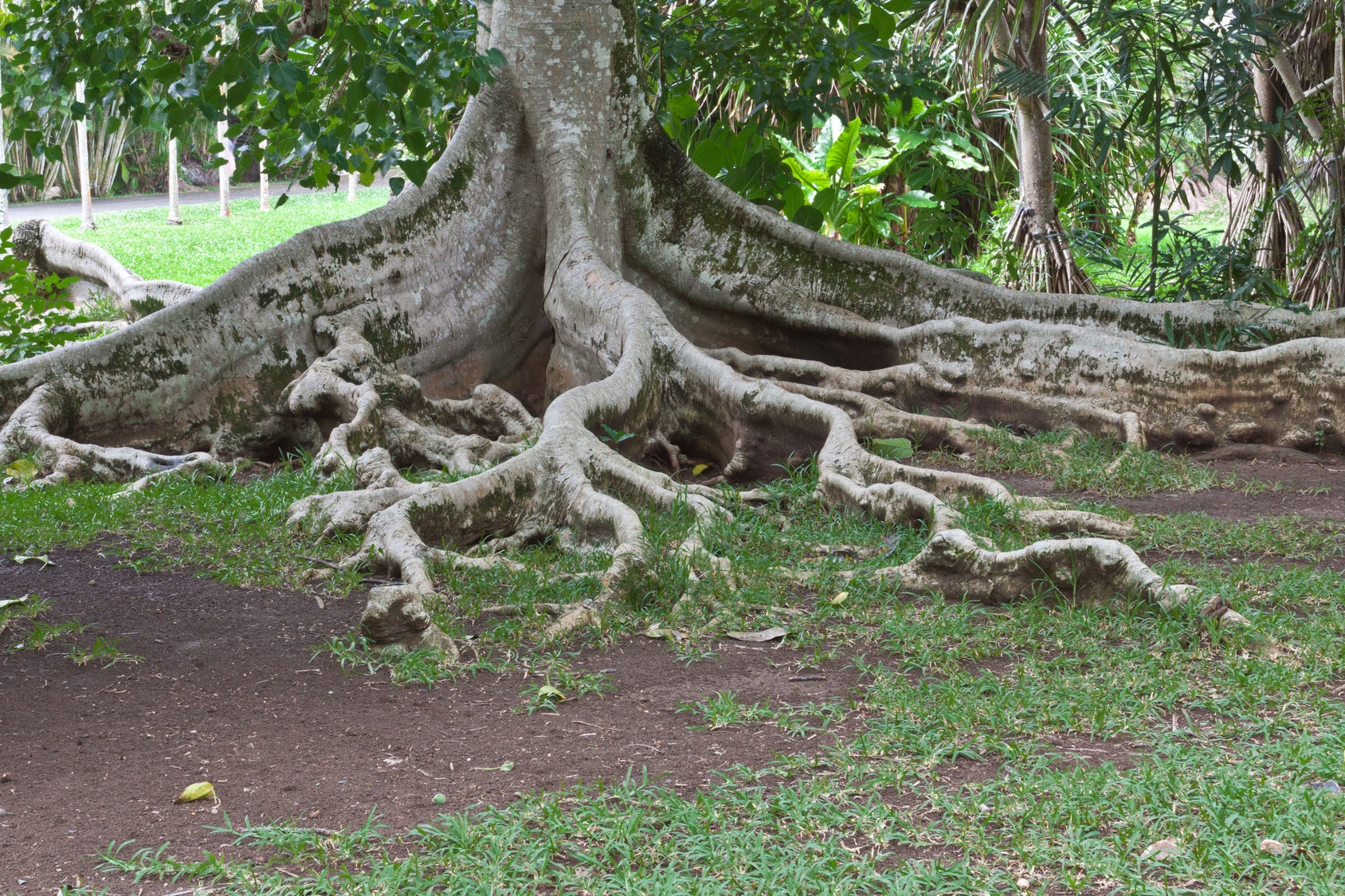-
- 07 May
The Dangers of Tree Roots for Plumbing
 Trees may grow very slowly, but they can still cause significant damage to your underground plumbing with their roots, and this can cost thousands of dollars in repair costs. Read on to learn about some of the problems that tree roots wreak on your plumbing, how you can avoid them, and what to do when tree root related plumbing problems do arise.
Trees may grow very slowly, but they can still cause significant damage to your underground plumbing with their roots, and this can cost thousands of dollars in repair costs. Read on to learn about some of the problems that tree roots wreak on your plumbing, how you can avoid them, and what to do when tree root related plumbing problems do arise.
Roots and Your Plumbing
Because tree roots naturally seek water and nutrients to absorb underground in order to promote tree growth, tree roots often do grow towards underground plumbing and even break into pipes. This is especially true of trees such as willows, maples, and aspens, whose roots will grow as far as necessary until they reach water. Standard drain field pipes are perforated, and while this allows for movement of some wastewater from the interior plumbing system to the ground, the resulting moisture can also attract tree roots. Cracked pipes or loose joints can also be a source of water vapor that is released into the soil, and tree roots will grow towards this as well. Once a tree root reaches the source of the water vapor, the root will grow into the pipe, be it through a perforation or crack, and eventually spread within the pipe, leading to a pipe blockage or split.
Homes located in regions that see very little annual rainfall are especially prone to seeing these types of plumbing damage caused by tree roots.
Prevention
The good news is that plumbing damage is not inevitable, nor is it unmanageable when it does happen. In order to prevent tree root plumbing damage, it is important to first know where your home’s laterals and sewer cleanout pipe are located. When in doubt, you can either contact your local public works department or call the national 811 “call before you dig” phone number. After pipe locations are established, one preventative step that homeowners can take is to plan their landscaping in such a way that it discourages tree root pipe intrusion. Homeowners can plant trees with more robust root systems further away from their pipes, and opt for “pipe-friendly” trees and shrubs with a smaller root ball when planting closer to laterals. Another preventative measure is to create a chemical barrier between your tree’s roots and your plumbing. This is done with the use of slow-release chemicals such as copper sulfate potassium hydroxide, or with a metal or wood barrier installed underground along the outside of the sewage area. It’s also a good idea to have your pipes cleaned by a professional on a regular basis.
Maintenance
If you’re noticing gurgling or slower-than-normal drainage in your pipes, it’s quite possible that tree roots could be wreaking havoc on your plumbing system. Whenever this is the case, it’s important to call a plumber as soon as possible to have them inspect your plumbing and treat it with root-clearing chemicals if necessary. In more extreme circumstances, a plumber might find extensive pipe damage and recommend having parts of your plumbing system replaced completely.
Are you a Utah homeowner? Contact us today for a pipe inspection, or for a thorough pipe cleaning that could save you from thousands of dollars’ worth of plumbing damage in the future.
About the Author
electric-admin
Contact UsRequest Service
(801) 266-8041
